Onions, shallots, and chives are staples in savory dishes all over the nation. Whether your prefer your onions roasted, raw, or caramelized, they can bring an array of flavors to your cooking. Other than making one get teary-eyed while chopping, onions are a safe vegetable for most people to consume. Unfortunately, the same cannot be said for our dogs.
All members of the Allium species of root vegetables, which includes onions, scallions, leeks, chives, shallots, and garlic are toxic to dogs. Yes, even garlic, a common pantry staple in American kitchens is considered to be toxic to dogs. This is alarming, considering that garlic, which is sometimes used in 'natural' over-the-counter flea treatments, is actually the most toxic member of the Allium species.
Why are Onions Toxic to Dogs?
All Allium plants, including onions contain a chemical compound called N-propyl disulfide, and this compound is a big part of what makes these vegetables toxic to dogs. It specifically impacts on your dog's red blood cells.
N-propyl disulfide causes problems by interfering with the production of an antioxidant in red blood cells that help keep hemoglobin (which carries oxygen) from falling apart. Once the hemoglobin in the red blood cell falls apart, it settles out on the surface of the red blood cell and is seen by the body as a foreign substance.. The immune system, only trying to do what it was intended to do, starts to destroy your dog's red blood cells using a process called hemolysis. This, in turn, causes a type of anemia called hemolytic anemia.
Other substances in present in onions can cause low blood pressure, problems clotting blood, diarrhea, and intestinal pain.
What Parts of the Onion are Toxic to Dogs?
All parts of an onion plant contain the compound N-propyl disulfide, so the whole onion is toxic to dogs. This includes the flesh, leaves, juice, and powders. Onion powder is especially nefarious as it's used a lot in various recipes, prepared foods, and even in commercial broths and it is essentially onion concentrate.
How Much Onion Is Toxic For Dogs?
Surprisingly, your dog does not need to consume an exorbitant amount of onion to reach toxic levels. Eating even just half a percent of their body weight in onion can be toxic. This is especially problematic if your dog happens to be of the 'teacup' variety, being particularly small in size.
Your dog doesn't need to eat a toxic amount all in one sitting, either. The toxic effects of N-propyl disulfide can build up in your dog's system over time, so an onion here and some garlic there can really add up.
The table below acts as a useful indicator for how much onion could result in toxicity for your dog. This is, however, only a guide and, even if your dog consumes less than this, there is a possibility they could still suffer from the effects of ingesting the onion. If you are in doubt, it is best to consult with your vet.
| Weight of Dog | Qty of Onion to Cause Toxicity |
| 20lb | 45g |
| 45lb | 100g |
| 75lb | 170g |
Symptoms of Onion Toxicity
If your dog gets into onion (or any other Allium vegetable) and becomes anemic from its effects, you will start to see telltale signs of this condition.
Of course, onion can also cause a variety of gastrointestinal signs as well. This can include vomiting, diarrhea, and abdominal pain.
If your dog gets into onions, or any other member of the Allium family, you may see symptoms immediately. Unfortunately, the more severe symptoms that are indicative of anemia may not arise for a few days.
There seems to be a few dog breeds that are more sensitive to the toxin than others. There is also some research to show that these breeds with a specific hereditary condition are more sensitive to the effects of the toxin and develop a more severe anemia. Some common breeds prone to this hereditary condition are of Japanese descent, including the Akita, Shiba inu, and Japanese chin.
What To Do If Your Dog Has Eaten Onion
If you suspect your dog has eaten onion, first try to determine the amount eaten. Then, call your veterinarian immediately. If it's after hours, you can consider calling the 24-hour emergency vet in your area or call the ASPCA poison control hotline. Some vet clinics may recommend you call the ASPCA poison control hotline regardless.
Treatment of Onion Toxicity in Dogs
Upon arrival to a veterinary hospital, and depending on when your dog ate the onions, your vet may give administer a medication to induce vomiting. Once your dog has vomited up all the onion in the stomach, your vet will give them a medication to stop the vomiting and then some activated charcoal to bind and neutralize any remaining onion matter in your dog's gastrointestinal tract.
They will also run some blood work to check your dog's red blood cell count as well as their organ function. Depending on the severity of your dog's anemia, they may require hospitalization, fluid therapy through an intravenous catheter, and, if severe enough, a blood transfusion.
The anemia that onion toxicity causes can prove fatal in dogs if not treated promptly, so seek out veterinary medical treatment at the first sign of illness.
Safe Vegetable Alternatives
Not all vegetables are unsafe for dogs to eat. There are lots of healthy alternatives to onion and other Allium root vegetables. Green beans, carrots, and cucumbers are just a few examples of safe vegetables for your best friend to snack on. Of course, as with any new food, speak to your veterinarian before you share your plate with your pooch.
Related Article

21 Fun and Popular Dog Tricks Any Dog Can Learn
Teaching your dog tricks, such as shake, roll over, spin, beg, or take a bow, is a great way to pro
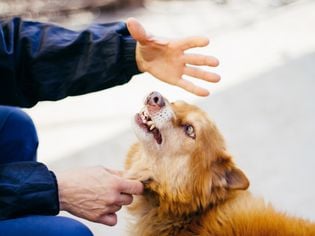
How to Stop Your Dog From Biting
Dogs are everywhere, so preventing dog bites is a necessity. Although some dogs are friendlier than

How to Use Positive Reinforcement to Train Your Dog
Using positive reinforcement to train your dog means you reward the behaviors you like and ignore t

Top 10 Tips for Childproofing a Dog
Dogs and children can be a great combination if your dog has learned how to behave around kids. Som

How to Train Your Puppy to Go on Potty Pads
Using potty pads (also called puppy pads, or pee pads) is one way to help teach your puppy where it
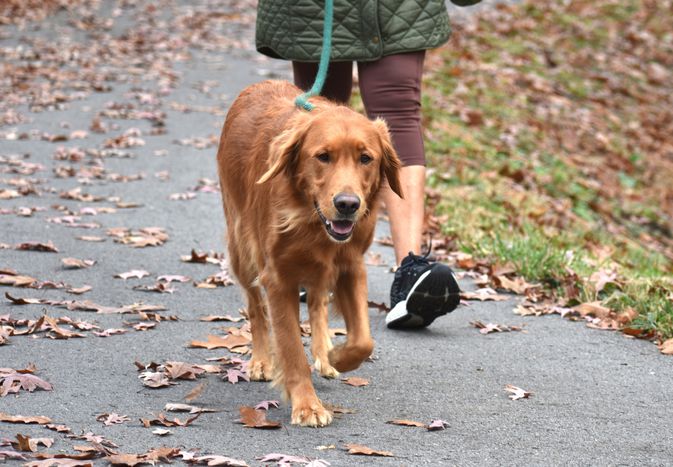
Walking Your Dog: Essential Tips for a Hassle-Free Stroll
Most dogs really love going for walks. It lets them get out of the house with their beloved owners
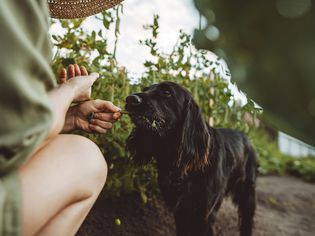
Can Dogs Eat Edamame? Safety, Benefits, and Prep Tips
Can dogs eat edamame? Yes, your pup can enjoy small amounts of plain, shelled edamame as an occasio
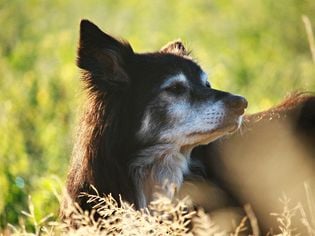
7 Special Ways to Remember Your Pet
Losing a beloved animal companion is one of the most difficult things a pet parent can go through.
About Ask a Paw
We are a premier digital platform committed to delivering high-quality content to our readers. Our mission is to provide accurate, reliable, and engaging information that adds value to our audience's daily lives.
Our team consists of experienced content creators and subject matter experts who uphold the highest standards of professionalism. In an era of information overload, we curate content with care, ensuring our users receive only the most relevant and trustworthy information.
Beyond just reporting facts, we focus on depth and context. Through expert analysis, comprehensive research, and clear presentation, we help our audience gain meaningful insights and make informed decisions.
We take pride in being a trusted information source for our growing community of readers. Our user-first approach means we continuously adapt to provide content that meets our audience's evolving needs and interests.
Innovation and excellence drive everything we do. We're committed to improving our platform and services to deliver the best possible experience for our users.

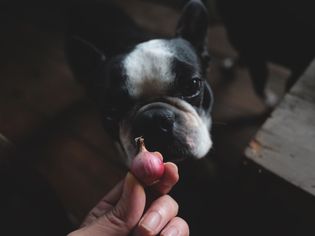
Comments on " Can Dogs Eat Onion?" :